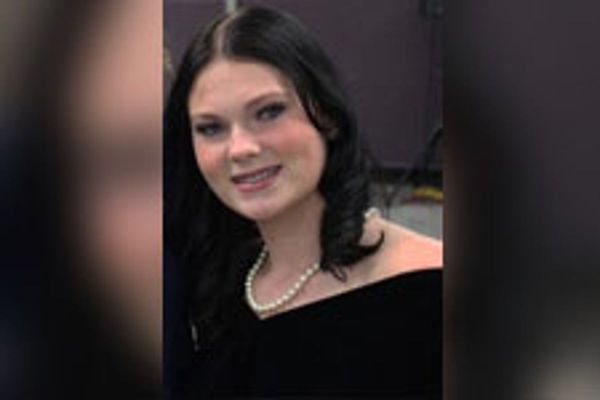
Yes, we are all looking for a soulmate, looking for true love. No argument about that. But love, or at least relationships, are also a numbers game.
Dear singles, today we will use the Census to find you a partner – at the very least you will learn why it’s hard for you to find a partner.
We will be dealing with heterosexual couples today. If you belong to the eight per cent or so of the population that is looking for a homosexual relationship, the Census is less useful since we don’t directly ask about sexual preferences.
We can however estimate the size of the homosexual population in Australia based on whether two same-sex people live in the same home and claim to be married or in a de facto relationship – but that’s a topic for another column…
Let’s start with the basics. There are over 330,000 more women (12.88 million) than men (12.55 million) in Australia. That means men have access to a dating pool that is about 2.6 per cent deeper. Are the odds in favour of men? To a degree.
Before age 28 there are more men than women. Women can be pickier as the male surplus is around six per cent. After 28, there are fewer men than women and standards should be lowered accordingly.
We all know that choosing a partner is a bit more complex than just picking anyone of roughly the same age.
Traditionally, we spoke about female upward social mobility via marriage. The concept stems from a time where women were largely excluded from the workforce and were much less likely to attend university.
Women couldn’t work their way to a higher social class and instead tried to marry up. This enshrined a preference for better educated and richer men.
On online dating websites women are apparently still much more likely than men to only look at profiles of people with a higher education or income than themselves.
Let’s have a look at the educational profile of Australia to learn just how low the odds are for educated women to find a partner of roughly the same age with an approximately equal education.
Let’s say you are a 30-year-old woman with at least a BA degree, and you want a partner that is only a few years younger or a few years older than you and also holds at least a BA degree.
Your odds are quite frankly terrible. There are 40 to 45 per cent more university educated women in their late-20s to mid-30s than university educated men.
If you find yourself complaining that there are no good men around, you now at least have a chart to cite. It is much easier to find a Bachelorette than a Bachelor. No wonder The Bachelor attracts more viewers to the screen than The Bachelorette…
What about the non-academic part of the population? After all, that is still very much the majority of the population (71 per cent). If a man without university education looks for a partner who also doesn’t hold academic credentials, he fights an uphill battle throughout his 20s and 30s when the relevant female dating pool is about 20 per cent smaller.
The obvious solution, on a purely numerical basis, is to not concern yourself with the level of education that your potential partner should hold. If as a woman you are unwilling to lower your standards (and I am not suggesting you should) finding a partner matching your level of training and education will remain challenging.
On a societal level this will lead to more single women at all ages. After all, women continue to gain higher formal qualifications than men. The pay gap continues to narrow too. Finding a man that is at least as educated and as rich as you will only get harder.
Dear single women, let’s assume you completely drop any preference for income and education for a second. How is the dating pool of single men work in your favour?
Up to the age of 35 there are more single men than single women. Women have it easier finding a partner. The tide turns once you turn 36.
Single women will forever be more numerous than single men from then on. There is a big chunk of 27-year-old single men.
Targeting them gives you the highest statistical likelihood of finding a partner.
If you are a man looking for a single female the chances improve the older you get. At age 100+ there are three times as many single women than men.
Dear single men, just staying alive will make you an increasingly attractive partner.
If, on top of being alive, you manage to gain a university degree and / or earn a decent income your success on the dating market is all but guaranteed after the age of 35.
There you have it. That’s what the Census tells us about your success on the dating market, dear singles. That all I can do for you. From here on it’s over to fate, dumb luck, and that bow wielding chubby baby…
Demographer Simon Kuestenmacher is a co-founder of The Demographics Group. His columns, media commentary and public speaking focus on current socio-demographic trends and how these impact Australia. Follow Simon on Twitter or LinkedIn for daily data insights (and, I promise, no more ludicrous dating advice).







